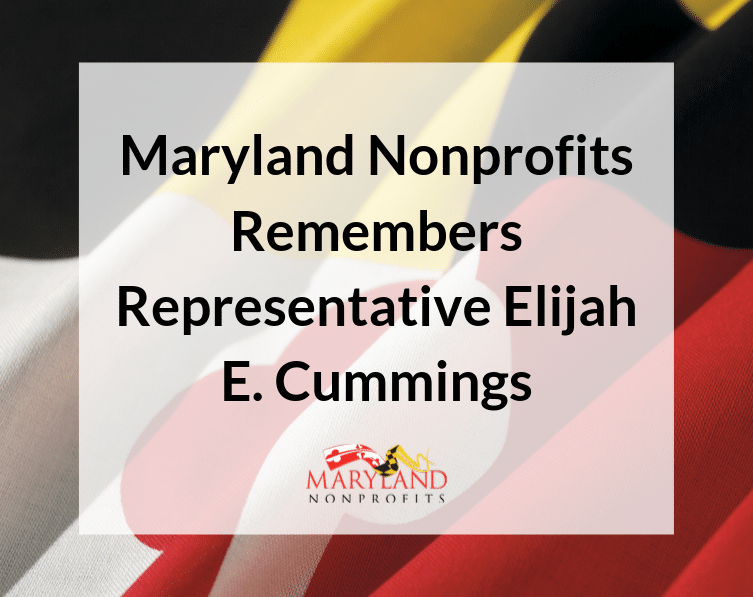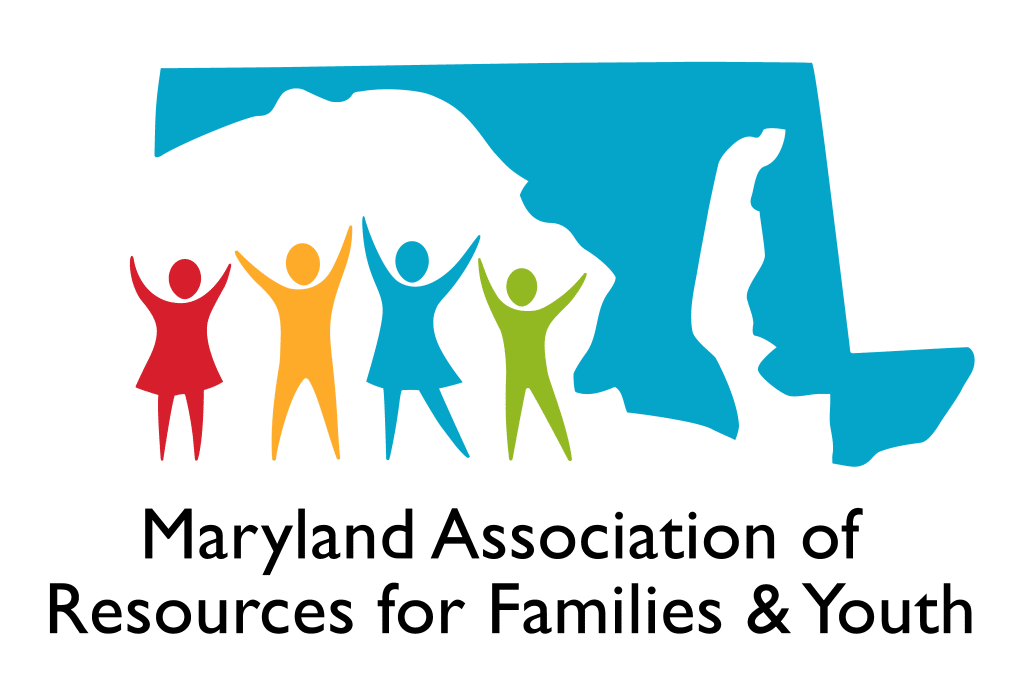Like many, the nonprofit for which I work is finding that the traditional ways we offer programs has had to adjust and pivot in the midst of the times of the COVID-19 pandemic. One such example is the move of our annual in-person conference to a virtual conference. A few weeks ago, our conference director called a special meeting on risk management for the event. While the event was still more than two months away, she requested that everyone on our planning team independently brainstorm and consider what risks we may experience in our virtual event. She asked other virtual conference planners to share their experiences and ideas about risks that we may encounter. She compiled the responses into a detailed spreadsheet and convened a (virtual) meeting to consider steps that could be taken to mitigate and in some cases eliminate the risks that had been identified. This important and prudent step helped us to think about what may go wrong, what wrinkles we may run into, and what kinds of things could cause problems for our attendees, staff, and presenters?
While I am sure that we were not able to definitively uncover every single problem that we may have or risk that we may experience, this exercise was incredibly valuable as an intentional planning exercise to dig into the myriad of ways that we could make plans to mitigate, eliminate and manage the risks than can and will crop up. After the meeting, I couldn’t help but think this type of risk management planning exercise would be valuable across the organization and in fact, across the entire nonprofit sector.
One important risk mitigation strategy is to ensure that your organization is properly insured. The Standards for Excellence: An Ethics and Accountability Code for the Nonprofit Sector states, “Organizations should make every effort to manage risk and periodically assess the need for insurance coverage in light of the organization’s activities and its financial capacity. A decision to forego general liability insurance coverage or Directors and Officers liability insurance coverage should be made only by the board of directors. The decision should be reflected in the minutes for the meeting at which the decision was made.”
We know that the number of organizations which paid to have pandemic insurance coverage prior to the pandemic was very small. I was so interested to hear the news stories about the All England Lawn Tennis Association — the group that organizes the Wimbledon tennis tournament. The All England Lawn Tennis Association had taken out a $ 2 million pandemic insurance policy for 17 years prior to 2020. News reports indicate that they stand to recoup almost half of their losses from cancelling the event which was to have taken place June 29 to July 12. This illustrates how insurance coverage is just one risk management tool. Even the few organizations that invested in pandemic coverage still must self-fund a large portion of their losses during this time. Even so, thoughtful planning and adequate insurance coverage both help organizations in managing risks.
Standards for Excellence learning materials feature resources and tools to help nonprofits address risk management and consider various types of insurance coverage. For a set of helpful resources on this topic I encourage you to check out the Standards for Excellence educational resource packet Risk Management and Insurance.
The full series of Standards for Excellence educational packets include sample policies, tools and model procedures to help nonprofits achieve best practices in their governance and management. They can be accessed by contacting a licensed Standards for Excellence replication partner, one of the over 150 Standards for Excellence Licensed Consultants, or by becoming a member of the Standards for Excellence Institute.





